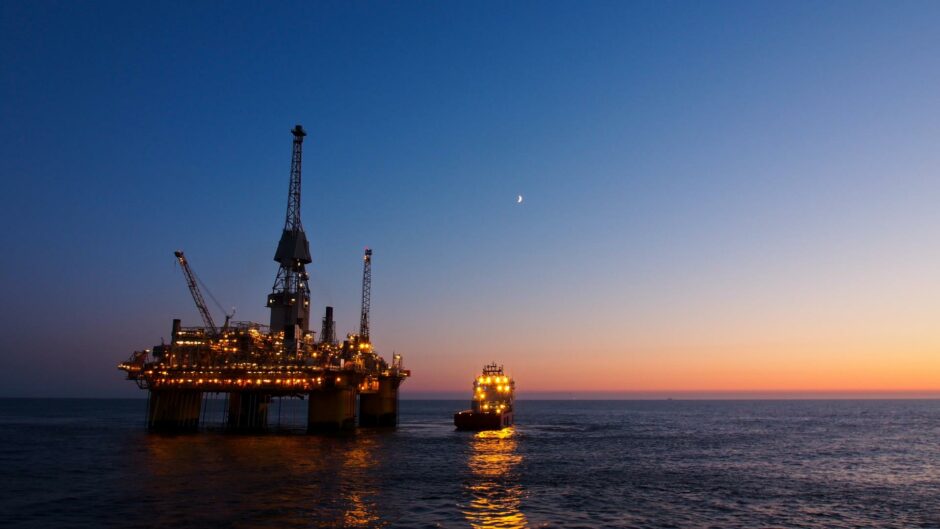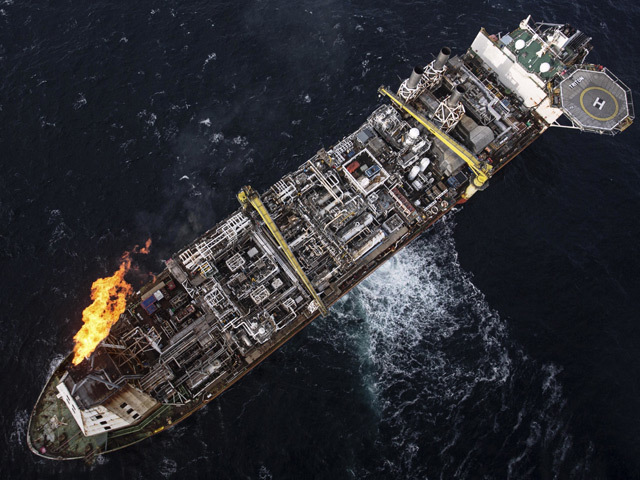
UK oil and gas reserves declined again in 2021 as new developments failed to offset production of nearly 500 million barrels, according to new figures from the North Sea Transition Authority (NSTA).
Just 40 million net barrels of oil equivalent (boe) were added to the UK’s proven and probable (2P) reserves, compared with 490 million boe of production throughout 2021.
The figure equates to a reserves replacement ratio of +9%, with the regulator noting that production was “not being offset by additions to the reserves base” via new field development plan (FDP) approvals or the addition of reserves at already producing fields.
The UK North Sea has produced more than 46 billion barrels to date, however the updated figures leave the basin with an estimated 4 billion boe in 2P reserves – 0.4bn boe lower than at the end of 2020.
Aggregated across the basin, resources are split roughly 70% oil and 30% gas.
The NSTA’s latest UK Oil and Gas Reserves and Resources report is based on a survey of 272 producing fields, but also includes 11 projects where an FDP had been approved but production had not yet started and a further 23 projects where FDPs were under discussion as at the end of 2021.
Data was not collected for unsanctioned discoveries for which no development project is under discussion.
The stark findings come as the UK government looks to turbocharge North Sea development this year, through a combination of investment allowances, new licensing and the fast-tracking of key projects.
The Chancellor set out his backing for key infrastructure projects as part of a mini-budget announced last week, naming Ithaca Energy’s controversial Cambo project, BP’s (LON:BP) Murlach field, and Harbour Energy’s (LON:HBR) Talbot subsea development as targets for acceleration.
The Victory gas field, which was recently acquired by an unnamed oil and gas major, and NEO Energy’s Affleck redevelopment were also namechecked.
The government intends for the development of all five to begin in earnest before the end of the year, alongside a suite of offshore renewables and industrial schemes.
‘Significant potential’ remains
Meanwhile, the NSTA found that contingent resources – those which are technically recoverable from known deposits – also decreased to a total of 6.4 billion boe last year, as 150 million boe was matured and move into reserves via the consent of one new field development – Tailwind Energy’s Evelyn field – and new additions to six existing FDPs including Captain EOR Phase 2 and Breagh Phase 2.
Just three new discoveries from exploration successes in 2021 added less than 50 million boe to the contingent resource base.
“Replacement of proven and probable reserves by resources maturation remains an issue,” the report says.
Despite these headwinds, it notes that much of these contingent resources are in “mature developed areas and under consideration for development”, therefore presenting a “significant opportunity” for explorers and producers.
Those opportunities will be emphasised as the NSTA moves “at pace” to open the 33rd licensing round in the coming months, the first since 2020, in the wake of government feedback on a long-awaited climate compatibility checkpoint.
The round is expected to yield more than 100 permits, and has been tipped to signal a “resurgence” in UK oil and gas operations.
The NSTA said “significant resource potential” remains in unlicensed acreage, noting that “about half” of contingent resources in other discoveries was on unlicensed acreage at the end of 2021.
Estimating the potential extent of undiscovered resources – known as ‘prospective’ – the NSTA reports a further 4 billion boe in mean mapped leads and prospects, alongside a potential 11.2 billion boe estimated to reside in plays outside of mapped leads and prospects.
However, it cautions that the viability of these resources is subject to many considerations including “economics, infrastructure status, capital availability, technology development [and] social and environmental factors”.

